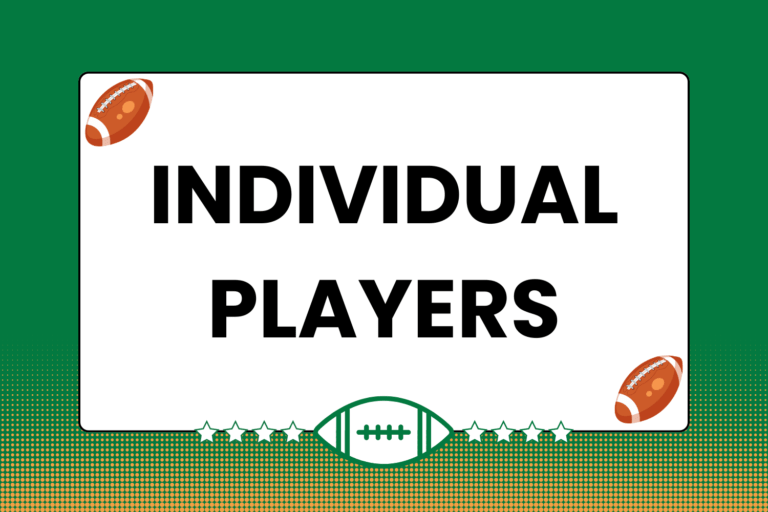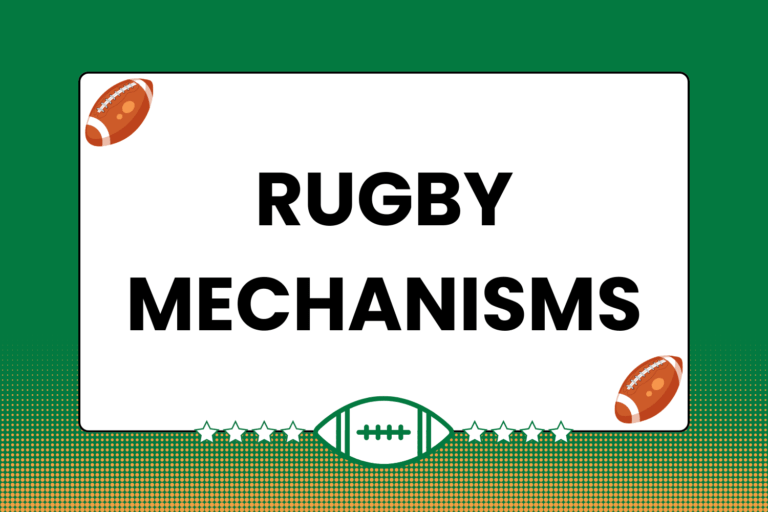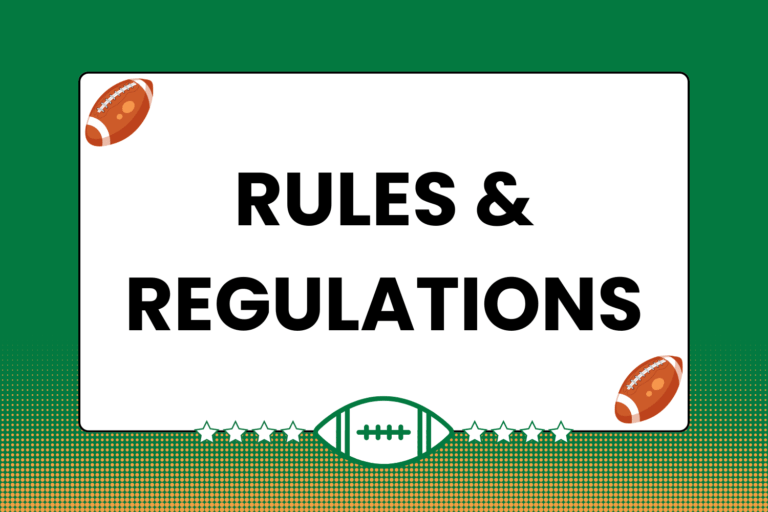Ruggers wear a variety of equipment during a match, and the different pieces of equipment have different purposes. Some of it is used simply to identify the club to which each player belongs, while other pieces aim to protect the players from injury. Here is a list of the most commonly used pieces of equipment a rugger will wear.
The Kit
The most visible equipment worn by any rugger is the kit, which is comprised of a pair of rugby shorts, a jersey and a pair of socks. The pieces of a kit help to distinguish the players during a match, as they show each team’s respective colors and insignia (team name and symbol), as well as numbers that denote the position each player occupies. The material used in creating both shorts and jerseys vary, but they’re all of a stronger variety than most normal articles of clothing. The physical element inherent in rugby necessitates a stronger material to ensure that the kits don’t rip or tear during the course of a match. It’s also common for ruggers to display the names of businesses and companies that sponsor their club, usually in the form of screen print (vinyl decals) or patches.
Headwear
The most popular option for headwear is a scrum cap, which is a tight-fitting helmet with pads sewn into the material. The material itself must be soft and flexible, and cannot include any plastic, metal or buckles.
The scrum cap itself is generally very light in weight, but made of very durable material. It offers a moderate amount of protection against minor injuries, such as abrasions and cuts, speficially against the exposed skin of the forehead. However, scrum caps do not offer much protection against closed-head traumas, such as concussions. The minimal padding found in a scrum cap can reduce the likelihood of getting a bump on the head from minimal contact, but it is relatively ineffective against reducing the force of a concussion-grade impact.
Scrum caps are almost always worn by the forwards. Though it’s not illegal for a back player to wear one. it’s not quite as uncommon as it once was to see a back player sporting one. The reason that most forwards wear scrum caps has to do with the fact that they are involved in scrums (hence the name scrum cap). Because players’ heads in a scrum are in very close contact with other forwards’ heads, there is a lot of torque and friction that can be applied to the head area. That torque can be focued on a player’s ears, and can severely injure them; a scrum cap works very well to keep the ears secured to the head, reducing the likelihood of such an injury.
Hot Tip: Tape Works Too
A cheap and popular alternative to purchasing headwear is to wrap black electrical tape several times around the head, to keep the ears firmly pinned back. The electrical-tape method is a popular accessory with ruggers, especially forwards; because of the torque that can be applied to a forward’s head in the scrum, it’s very important for forwards to secure their ears to their heads.
Cleats
Each rugger wears a pair of rugby-specific shoes called cleats; occasionally they’re referred to as ‘boots’. The height of these cleats is at the discretion of the rugger, though most choose a low-cut shoe similar to a football or soccer cleat. The studs on the bottom of the cleats must be round in shape and can be made of aluminum or plastic. The thickness and hardness of the studs is regulated by whichever governing body under which the match is played. However, it is illegal to use cleats that have a single stud located on the toe of the shoe at any level of the game.
Pads
Protective-padded sleeves can be worn on the arms and legs (including shin guards), and a padded vest is an accessory worn by many ruggers. All the different padded accessories are subject to the same regulations as headgear, and must be made of a soft, flexible material. Shoulder pads are allowed as long as they can be sewn in to the jersey and only cover the shoulders and collar bone. Pads sewn into the shorts, however, are not allowed. Padded vests can include padded material that covers parts of the body below the shoulders and collar bone. Hard plastic and metal are illegal in any rugby accessory, other than the boot studs.
Injury Prevention
The one piece of injury prevention equipment that should be worn by all players during a match is a mouth guard, a piece of plastic that is usually molded to fit the upper jaw of a player. The mouth guard protects ruggers from suffering serious injuries to their mouths and jaws, and is instrumental in preventing tooth loss. In most pre-college leagues, mouth guards are mandatory and players won’t be allowed to participate in a match without one.
Other pieces of equipment used by ruggers to prevent injury are ankle, knee and wrist braces, which are all made of the same material and subject to the same regulations as scrum caps and upper-body pads. Compression clothes, usually shirts and shorts, are sometimes worn under the normal kit. Many athletes claim that compression clothes help them perform better and prevent many muscle-fatigue-related injuries. Scientific investigations have concluded that compression clothes do increase blood flow to areas of the body covered by compression material.
Gear is Good, But…
Compared to many other sports, rugby is definitely on the basic end of the spectrum in terms of the equipment required to play it. If anything, that makes it accessible to more people than those other sports. All you really need are shoes, clothes and a ball; a mouthguard, while technically not required to play, is a really good thing to have. After all, toothless grins are really only fashionable among pirates and hockey players.





